An Aberdeenshire wildlife charity is urging drivers to report any road accidents involving deer instead of leaving them injured and in an “awful lot of suffering”.
Paul Reynolds has been to more than 50 deer callouts across Aberdeenshire this year — most of which were road traffic accidents.
The manager of New Arc went on to say he’s personally attended around 400 accidents on the road involving deer over the last few years of working in wildlife rescue.
But what strikes him is the “vast majority” of the calls were made by members of the public who witnessed the accident or by someone who stumbled across an injured deer.
Paul remembers most of the incidents very well and believes only three drivers who hit the deer have called him for help so far.
WARNING: Graphic images.
“Personally, I don’t understand it,” he said. “Are they in a panic, do they want to flee the scene as quickly as possible, do they feel responsible? I don’t know.
“I don’t think it’s because they’re bad people — I suspect they just don’t know what to do and what is safe to do.”
What should you do if you hit a deer in your car?
From May to June and October to November are peak times of year for road traffic accidents involving deer because the animals are more active.
Paul explained the steps you should take next if you do hit a deer:
- Pull over to a safe place — don’t stop immediately, find a safe place and pull over.
- Put your hazard lights on to alert other drivers.
- Call a wildlife rescue, like New Arc, or the Scottish SPCA, or the police.
- Give as precise a location as possible — Paul recommends the What3Words app, which is used by emergency services.
- If you can wait for someone to attend, and it is safe to do so, stay in the car.
He stressed that you need to make sure you keep yourself and everybody else safe on the road first, adding it’s “really important human safety comes first”.
Do not try to ‘comfort’ the animal
If the deer is alive by the side of the road and it is standing, he said no one should try to approach it, or try restrain it in any way, in case it runs onto the road or at you.
But, if the deer collapses Paul advises covering its head with a towel or blanket if it’s safe to do so, but not the body in case it overheats.
“A lot of people have an urge to sort of comfort them while they’re waiting for us or whomever to arrive,” he said.
“The deer is not going to be comforted by our presence, it is not going to be comforted by us stroking it or talking to it. Although as humans this is how we attempt to comfort, it’s not going to provide the comfort that the deer needs, so having its head covered is a way of keeping it calm.”
Why should you report a deer being hit by a car?
Paul emphasised that anyone could hit a deer, and admitted even he has had some near misses.
“It doesn’t matter who you are, it says nothing about you as a person or how you drive,” he said.
“But, what differentiates between people is whether or not they know what to do when they’ve done it.”
According to Paul, the injuries they can sustain from being hit by a car are “absolutely dreadful” and if they are left they will “slowly, slowly decline”.
He explained: “If you think about the size of a deer, depending on the time of year, they’ve got quite a lot of reserves their body can feed on, so it’s not as if they’re going to starve to death very quickly or dehydrate very quickly.
“This can be a real slow process that can involve an awful lot of suffering, so it’s really important that if someone hits a deer and they can see it injured that they do call the appropriate authority to deal with it.”
Even if the deer has got up, looks alert, or even runs away from the scene, a wildlife rescue should be called. They will be able to see any injuries and will know if the deer has a chance of survival.
‘Ending suffering is just as valiant an effort’
Although there are times when deer can be taken to the wildlife hospital and nursed back to health after being hit by a car, it’s not common and frequently the only option is euthanasia.
He added: “I don’t think people realise that ending suffering through euthanasia is just as valiant an effort as it would be to make the deer better and get it back to the wild alive.
“In both situations, you’re ending suffering and I think it’s something the public struggles to appreciate.
“But if we leave these animals to suffer at the side of the road it can take a very long time for them to pass away, and none of us want to be responsible for that.”
Driving tips to avoid hitting deer (or other wildlife)
The majority of New Arc’s deer callouts are at night or first thing in the morning because that’s when deer are most active.
Now that darker nights have set in, deer are frequently crossing roads at peak commuting times for drivers.
Paul shared his advice to avoid hitting wildlife:
- If there’s woodland on either side of the road there’s a greater chance deer will be crossing, so slow down in heavily wooded areas.
- Again, if there is a lot of vegetation either side of the road or where visibility is reduced slow down and drive more carefully.
- If you see one deer cross the road, slow down immediately because there will be more around.
- When driving in the dark if you see a deer or any other animal dim your headlights to avoid blinding them which will make them freeze.
Paul stressed if the deer is in the middle of the road and there’s nothing you can do about it don’t over-swerve.
He added: “You want to keep control of your vehicle, slow down as much as possible and try to avoid it without putting your life or the lives of other road users in danger.
“We go back to the principle that human safety is the priority, and then follow on from that is the animal’s safety.”
If you want to report an injured wild animal call:
New Arc — 01358 701723
Scottish SPCA — 03000 999 999
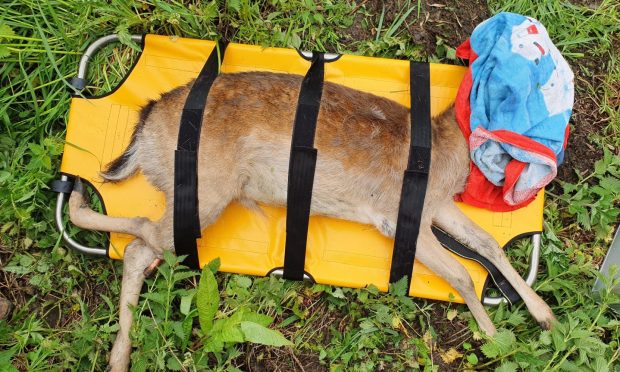

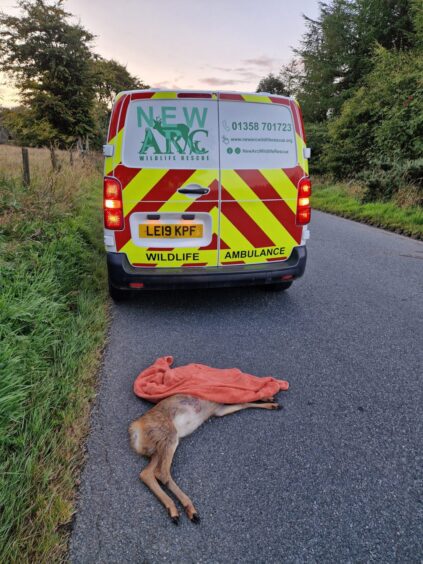
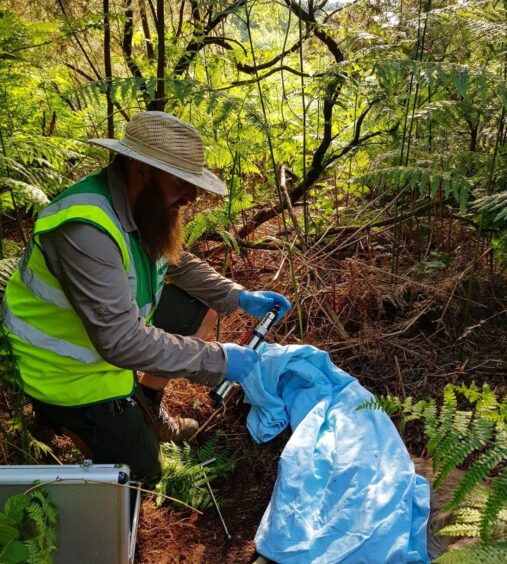
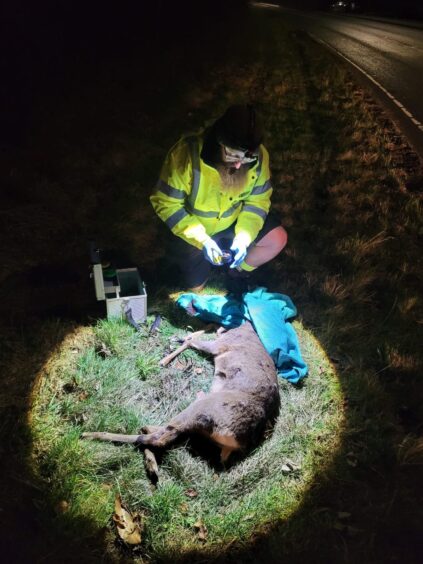
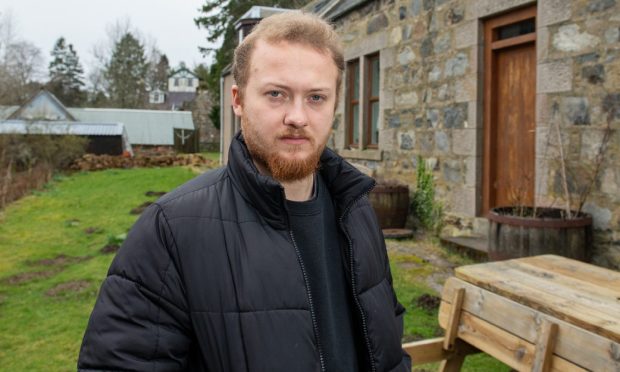









Conversation